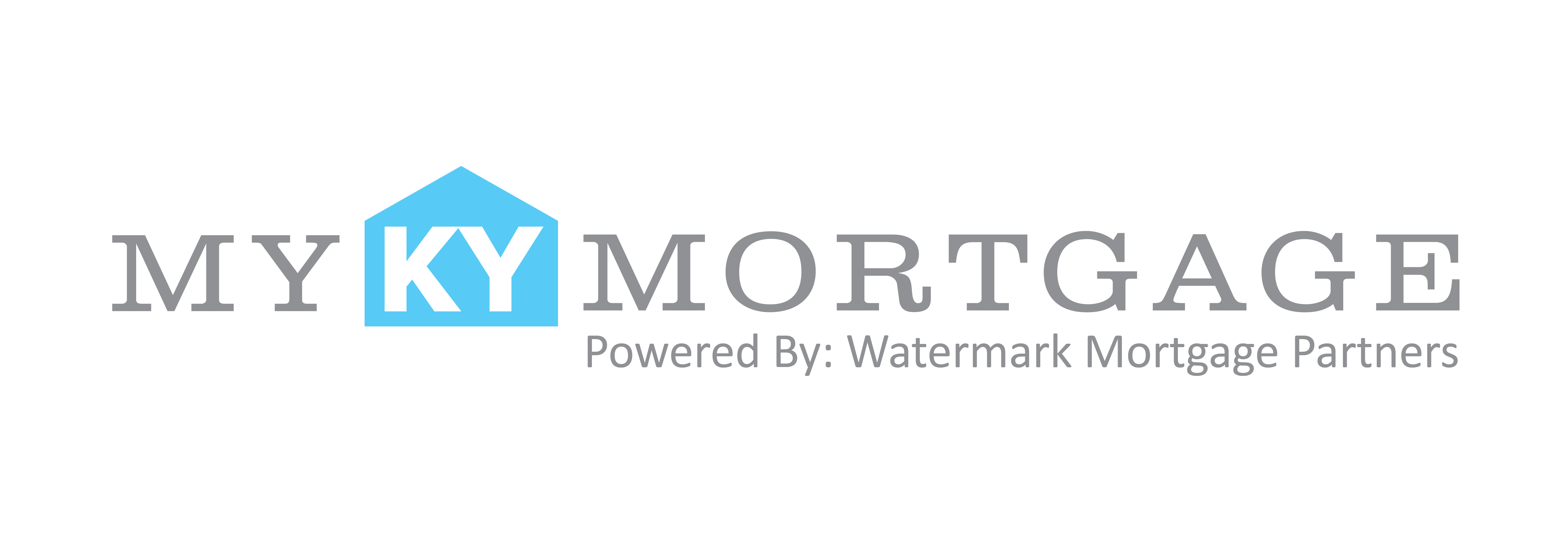Although you might consider yourself to be financially savvy, when it comes to buying a house for the first time, navigating the world of mortgages, closing costs and escrow can be something altogether different.
You might know that you should never buy anything you can’t afford, for example, but some other aspects of the process could come as a big surprise. Toward that end, here are five lessons to take heed of before you even start shopping for a home.
1. Don’t be fooled by your mortgage pre-approval amount
One of the first steps on the road to homeownership is to request a mortgage pre-approval letter from a mortgage lender, and you might be quite shocked when you receive a letter with a much higher number than you had ever considered spending.
The lesson: A pre-approval letter is just assurance from a lender that you, as the buyer, are in good financial standing to take on a mortgage of a certain size. Lenders evaluate your financial history to come up with a pre-approval amount, but you’ll want to be sure not to confuse that number with your actual budget for buying a house.
Just because you’re pre-approved for up to $300,000, for example, that doesn’t mean a $300,000 mortgage will fit your budget. You never want to stretch yourself thin by taking out a larger mortgage than you can afford.
2. Closing costs can add up—and be complicated
Closing costs include out-of-pocket expenses such as title insurance, notary fees and the cost of the deed, and they can add up quickly. So, when you make an offer on a house, consider asking for a credit from the sellers toward your closing costs. This is a common practice in which the seller typically advances an amount in cash that’s then added to the purchase price.
The lesson: Don’t ask for too much from the sellers at closing, as some loan programs only allow a certain percentage of the sale price to be given to the buyer as a credit. For instance, if you’re offering $200,000 for a house and your lender only allows you to accept 2 percent in closing costs, you shouldn’t ask for $5,000—that would be $1,000 down the drain since you can only accept up to $4,000 in credit. Before you make an offer, ask your lender if your loan institutes a limit on closing cost credits.
3. PMI isn’t actually all that bad
Private mortgage insurance (or PMI) can be both a blessing and a curse. Lenders typically require PMI from buyers who are putting down less than 20 percent as a down payment on their mortgage. While this can put homeownership within reach for more people, it also means an additional monthly payment that doesn’t add to the new owner’s equity.
The lesson: In some cases, it’s better to put less money down and pay the PMI. That way you can hold on to some of the cash you would have put toward a 20 percent down payment and instead use that money to renovate your home and pay off other debts with higher interest rates.
4. You might have to make escrow payments
If you take out a loan with PMI, you’re required to pay into an escrow account for your property taxes and home insurance. Escrow is simply a separate account where that money is held; basically, your lender sets aside the money for taxes and insurance as a safety net to ensure that you can save enough cash for those expenses.
The lesson: While it’s nice to know you’re saving enough for taxes and insurance by paying into escrow, it also can be frustrating for those who would rather manage their money themselves—preferably by putting that cash into a high-yield savings account where it can accrue interest. No worries: You can cancel your escrow payments as soon as you’ve built up enough equity in our home to remove PMI.
5. Budget for surprises
During a home inspection, the inspector might run the dishwasher to make sure it is in good working order, but the day after you move in you could load the dishwasher, hit start and find out it’s dead. That leaves you with having to replace the dishwasher sooner than you had bargained for.
The lesson: Before plunking down several hundred dollars for a new dishwasher, check to see if the dishwasher is required to have its own wall switch, per local code. It could turn out that your old dishwasher wasn’t broken after all, but the switch was just turned off.
This incident is just one example of how costly surprises (and mistakes) are almost inevitable when you’re new to homeownership—and even when you’re not.



